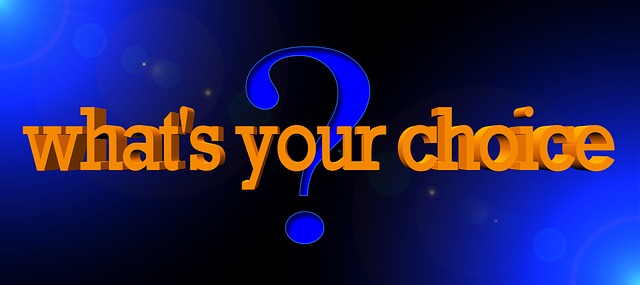Dr. Eve Ekman recently presented a session on Overcoming Negativity and Judgement as part of the Wise@Work Virtual Communities series organised by Wisdom Labs. Eve’s professional work focuses on developing emotional awareness, compassion and mindfulness. In pursuit of this goal, she draws on her knowledge, research and experience in areas such as integrative medicine, clinical social work and contemplative science. The mission of Wisdom Labs is to improve mental health in the workplace and the organisation offers guided virtual communities and a stress reduction app as a means to pursue these goals. The positive outcomes from these tools are reduction in workplace stress, combating loneliness and burnout and improvement in teamwork.
Eve facilitates the Cultivating Emotional Balance Online Course and is Director of Training at the Greater Good Science Center (GGSC), University of California Berkeley. Eve demonstrates the benefits of her yoga and meditation practice in her concise, calm, practical and insightful presentations in many contexts, including in large organisations around the world. Her video presentation on cultivating emotional balance and fluency at the 2013 Summer Institute for Educators (GGSC) is another example of the depth and passion of her work in developing emotional awareness
The process of emotions
Eve made the point at the outset that we have to understand the nature of emotions if we are going to learn how to keep them under control. She explained that emotions are more than feelings (e.g. feeling good or bad about something). In her view (informed by scientific research), emotions are really a process – a process involving “a trigger, an experience and a response”.
The trigger for a feeling of frustration and anger in the workplace could be something like the internet freezing continuously, someone who continually talks loudly in your open office workspace or the fact that your views and suggestions are ignored by management. Working from home in the current lockdown environment of the Coronavirus can provide multiple triggers for frustration such as distractions, inadequate computer resources and managers who lack an understanding of your personal situation and associated difficulties (such as young children at home).
Our experience of frustration and anger and associated thoughts of unfairness have a “biological correlate” – in other words, our thoughts and feelings are reflected in our body. We may feel “uptight”, experience soreness in our back, arms or legs or have a stiff neck or headache. Our response to the trigger and associated feelings and bodily sensations, can be mild, measured, “over-the-top” or involve some form of calming of ourselves and our emotions.
Eve suggests that we draw on integrative science (Western and Eastern approaches) to identify emotions as “constructive or destructive in how they are enacted” – in other words, how we respond, how our emotions play out in our words and actions. Whether we choose a constructive or destructive way to act out our emotions will depend on how well we have our emotions under control at the time.
The capacity to consciously chose an appropriate response to our triggers and associated feelings is described as emotional fluency or as Susan David calls it, “emotional agility”. Eve’s facilitation in workplaces and her research, confirm that meditation and mindfulness practices are a pathway to developing emotional fluency/agility. Without awareness of our emotions and how we enact them, we can be easily captured and controlled by them, resulting in harmful interactions and poor decision making.
Reflection
Viktor Frankl reminds us that between a stimulus (a trigger) and our response, there is a gap – wherein lies the opportunity to exercise choice in how we respond, and in the process, free ourselves from the enslavement of our emotions. As we grow in mindfulness through meditation, reflection and mindfulness practices we can build our self-awareness in relation to our triggers, thoughts, feelings, bodily sensations and habituated responses and develop self-regulation to deal with our emotions constructively.
_________________________________________
Image by Gerd Altmann from Pixabay
By Ron Passfield – Copyright (Creative Commons license, Attribution–Non Commercial–No Derivatives)
Disclosure: If you purchase a product through this site, I may earn a commission which will help to pay for the site, the associated Meetup group and the resources to support the blog.

